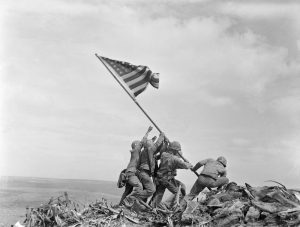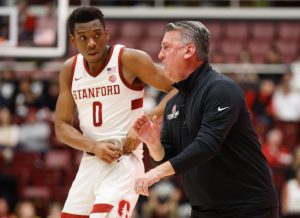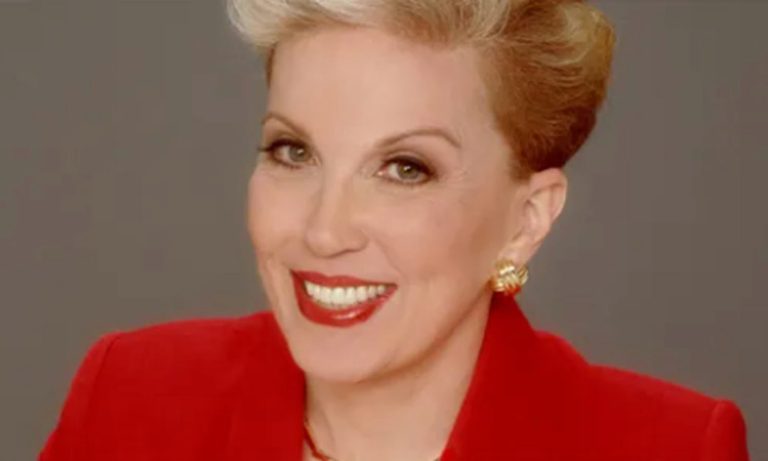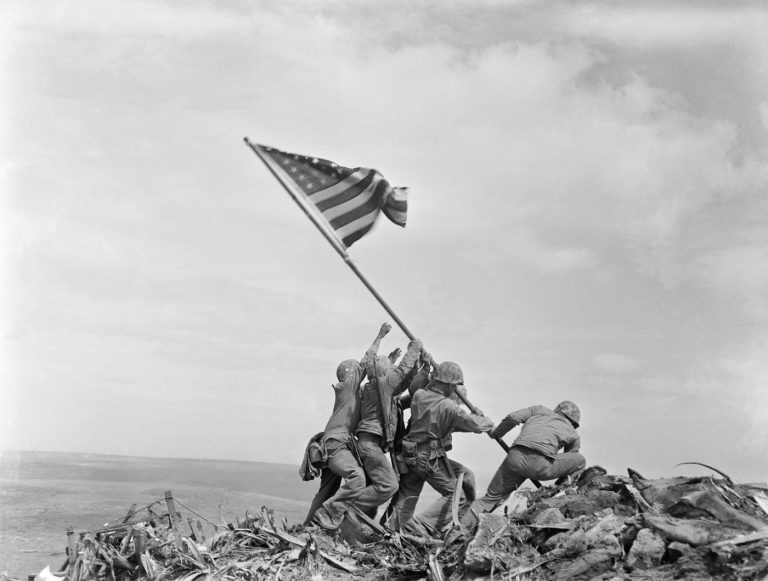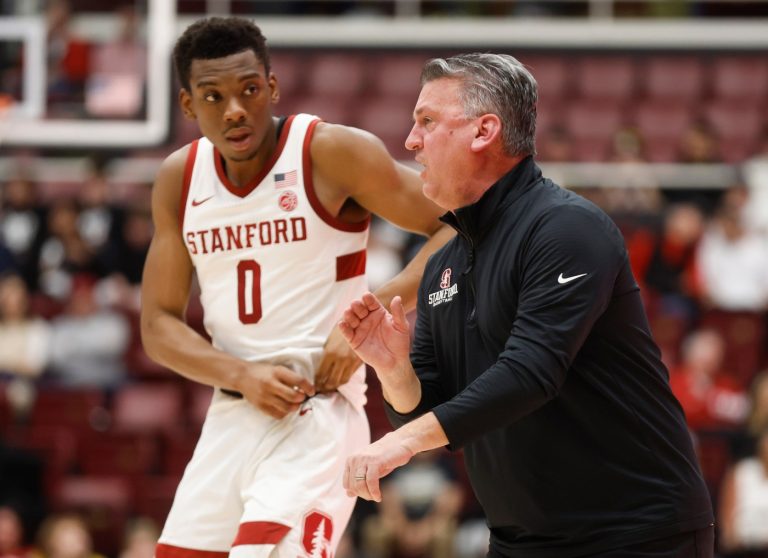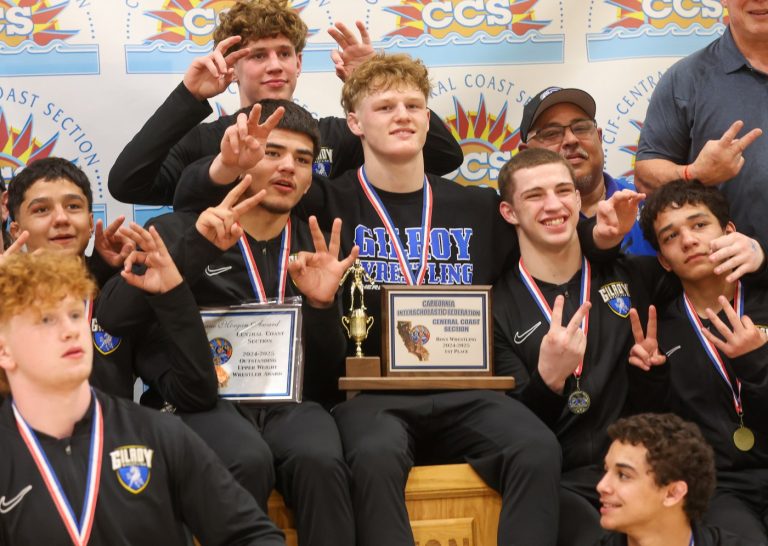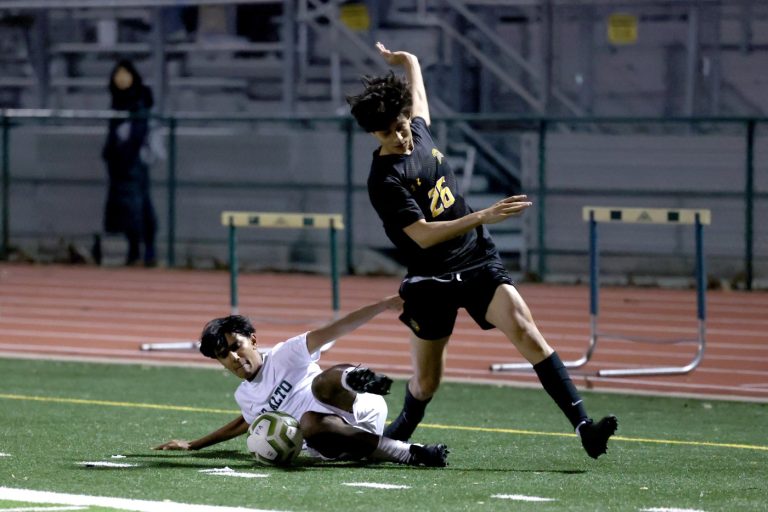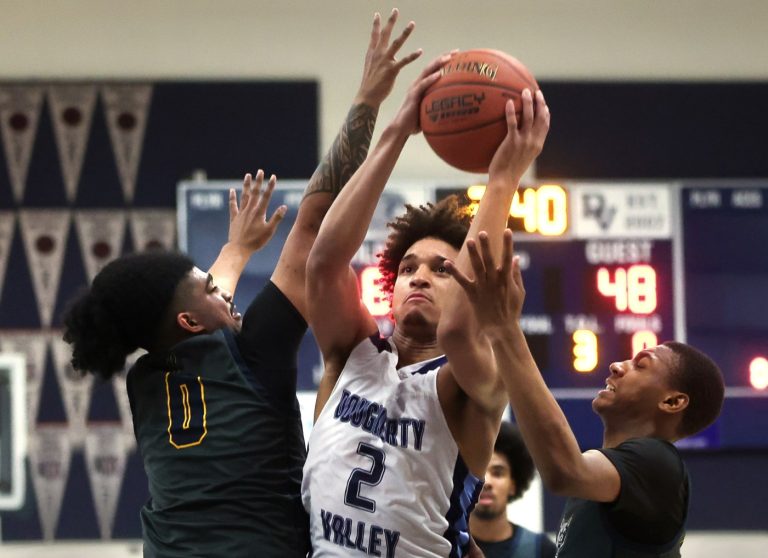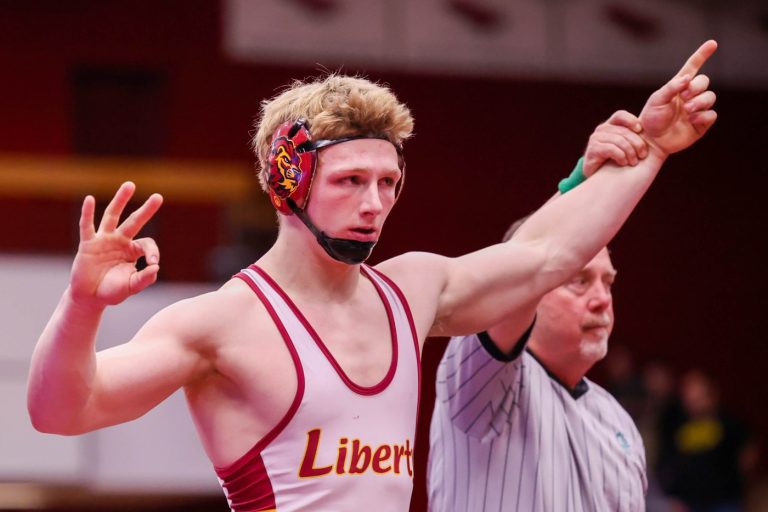SEATTLE — As thousands of Washington fans raced onto the field Saturday night, the Michigan players walked off, bound for the showers, the bus, the airport and a flight home that would return them to campus at sunrise.
The Huskies’ 27-17 victory resonated deep into the past — in style and substance, it could have been a mid-1980s Rose Bowl victory by Don James over Bo Schembechler — but also signaled a surreal present framed by conference realignment.
Where the Wolverines were headed, to SeaTac Airport and then across the Rockies, the Huskies will soon follow.
Next week, they play at Iowa — at 9 a.m. Pacific.
Welcome to the new Big Ten, Huskies. And Wolverines. And Bruins, Spartans, Badgers and everyone else.
After weeks of non-conference matchups played on home fields, the league season has ramped up. So, too, have the cross-country trips. You’ll never guess how those results are playing out.
Teams traveling at least two time zones for conference matchups are 1-8 thus far, and the lone win — Indiana over UCLA in the Rose Bowl — carries a significant caveat: The Hoosiers were coming off a Friday game, at home, against Western Illinois. (They had an extra day to prepare and a cupcake to eat.)
The eight losing teams that have traveled multiple time zones are USC (at Michigan and Minnesota), Michigan State (at Oregon), Washington (at Rutgers), Northwestern (at Washington), UCLA (at Penn State), Wisconsin (at USC), and Michigan (at Washington).
The list of losses includes several next-level logistical hurdles: Washington and Michigan State had long trips on short weeks (for Friday games), while UCLA kicked at 9 a.m. Pacific in its blowout loss Saturday at Penn State — the same start time the Huskies will face next weekend at Iowa.
To be clear: There is more to the losses noted above than taxing travel. But it stands to reason that the impact of air miles logged and time zones crossed adds to the timeless challenges posed by matchups, injuries and mistakes.
We should also note that of the eight road teams that crossed the Rockies and lost, only USC was favored to win its matchup (at both Michigan and Minnesota).
However, the trend of woe holds up with the betting line accounted for:
Six of the eight losing teams did not cover the spread — a failure rate (75 percent) that’s higher than expected (roughly 50 percent) given the probability intrinsic to sports wagering.
And the two losing teams that covered the spread, Michigan State and UCLA, both lost in blowouts.
While the sample size (nine games) cannot be considered tiny, it certainly isn’t robust at this point in the season.
Fortunately, more evidence will come next weekend. In addition to Washington’s date in Iowa City, Penn State visits USC, Ohio State heads to Oregon and Minnesota travels to UCLA.
We will continue to monitor Big Ten results when long trips are involved.
Four more thoughts on Week 6 developments …
1. The celebration at Husky Stadium on Saturday night was understandable considering the opponent and the recent history between the teams — namely, Michigan’s victory in the national championship game earlier this year.
But folks, the Wolverines (4-2) are not very good.
They needed a late comeback to beat USC (at home), survived a scare against Minnesota (at home) — thanks to a botched call by the officials — and were blown out by Texas (at home).
This was Michigan’s first road game.
Perhaps the shift to quarterback Jack Tuttle, a seventh-year senior whose career began at Utah in 2018, will spark an offensive resurgence.
But by the time December arrives, we could very well look back on this result as nothing more than a hard-earned victory over a 7-5 team. Michigan has steep challenges ahead against Oregon (home), Indiana (road) and Ohio State (road).
That said, the Huskies committed just two penalties, a marked improvement over prior games. If the disciplined play continues, they should win at least two of their final six and climb into the postseason.
2. Oregon State needed a game-tying field goal in the final seconds and two overtime periods to repel Colorado State, but the 39-31 victory was worth the effort in both present and future tense.
It was absolutely essential for the Beavers’ bowl math.
At 4-1, they need two wins in their final seven games to qualify for the postseason. But the rugged back half of the schedule features dates with Cal, Boise State and Washington State.
For the wide road ahead, they can thank quarterback Gevani McCoy and tailback Anthony Hankerson, who combined for 204 yards on the ground and five rushing touchdowns against Colorado State.
The defense wasn’t nearly as productive, however. The Rams, who had been averaging 18.5 points and 328.5 yards per game, churned out 31 and 439 against the Beavers.
With some of the top playmakers in college football waiting during their stretch run — the list includes Boise State tailback Ashton Jeanty and Washington State quarterback John Mateer — the Beavers had better fortify their defense.
3. It was an 18-hour day for Cal football. The first 17 were ideal; the last one was a nightmare.
The ESPN ‘College GameDay’ production could not have gone any better; Marshawn Lynch’s appearance was everything we hoped; and the Cal crowd at 6 a.m. easily cleared the ‘GameDay’ bar.
The Bears’ rollicking day continued as Stanford, UCLA and USC — the three teams Cal fans despise — all lost in either blowout or excruciating fashion.
Related Articles
Mailbag: Why the P12-MW merger failed, media deals, Gonzaga’s impact
Inside story of Gonzaga joining Pac-12 (and what happens next)
CFP Week 6 picks ATS: Cal beats Miami while Vandy, Iowa cover as dogs
On media: Cal finally gets its ‘College GameDay’ moment and plans to maximize the recruiting exposure
The Holy Score: Yes, Brigham Young is legit, and the path to the Big 12 title is wide open
And for 50 minutes Saturday night, the Bears dominated eighth-ranked Miami and took on the appearance of an ACC title contender.
Then came a complete and utter Callapse.
The Bears lost their focus and their urgency and let the Hurricanes climb back from a 20-point deficit early in the fourth quarter to escape Berkeley with a 39-38 victory.
The Canes won the game as much as Cal lost it, particularly with a massive defensive breakdown that allowed Miami to complete a 77-yard catch-and-run from quarterback Cam Ward to receiver Xavier Restrepo with 90 seconds remaining.
For Cal, the challenge is clear: Don’t let one crushing defeat turn into two losses with a bad performance next weekend at Pittsburgh.
4. The best individual story of the season rolled on through another dominant Saturday.
Boise State tailback Ashton Jeanty added to his preposterous season with 186 yards and three touchdowns in a blowout victory over Utah State.
Jeanty is averaging 206.2 yards through five games and is within range of breaking what has long been considered unbreakable: Barry Sanders’ legendary single-season record of 2,628 yards.
Because he plays for Boise State and in the Mountain West, Jeanty has a narrow path to the Heisman Trophy.
But if he tops Sanders’ hallowed mark, the calculation changes.
*** Send suggestions, comments and tips (confidentiality guaranteed) to wilnerhotline@bayareanewsgroup.com or call 408-920-5716
*** Follow me on Twitter/X: @WilnerHotline


